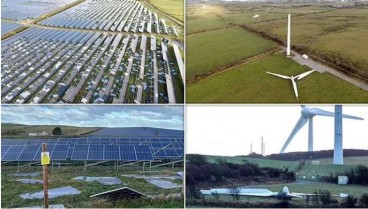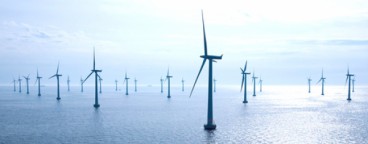Cyclone Fina brings widespread infrastructure damage across Australia

Tropical Cyclone Fina swept past the Northern Territory with wind gusts exceeding 195 km/h, generating extensive damage across Darwin and nearby regions. The system intensified rapidly into a Category 3 storm before moving offshore, producing heavy rainfall, structural impacts and large-scale power outages. Approximately 19,000 customers lost electricity as fallen trees, damaged power poles and debris obstructed critical access routes. A section of roof at the Royal Darwin Hospital collapsed, underscoring the vulnerability of essential facilities during high-wind events.

Cyclone Fina also caused the collapse of trees, failures along local roads and damage to residential buildings. Emergency crews worked to clear debris while energy authorities deployed multiple repair teams to restore power. Gusts at Darwin Airport exceeded 100 km/h, and heavy rainfall exceeded 400 mm in nearby areas, stressing drainage systems and contributing to local inundation. The cyclone’s behaviour revived comparisons to the historically significant Cyclone Tracy event, reinforcing the continued relevance of robust wind design strategies for public and private infrastructure assets.

While the Northern Territory experienced the cyclone’s core, a sudden and highly destructive storm system struck Port Pirie in South Australia. The event produced wind gusts of approximately 119 km/h, hail accumulation and widespread structural damage, including roof failures and inundation within residential properties. Local crews responded to more than 300 emergency calls, and approximately 4,900 households lost electricity at the peak of the storm. These consecutive events demonstrated the increasing strain placed on electrical networks, transportation corridors and critical facilities during high-intensity weather occurrences.
Sources: independent.co.uk, aljazeera.com, 9news.com.au, sbs.com.au
Want to read more like this story?

Storm Floris Forces Emergency Infrastructure Response in the UK
Aug, 04, 2025 | NewsOn August 4, 2025, Storm Floris brought severe disruption across Scotland, affecting transport syst...

Solar Farms and Wind Turbines Tested and Failed by Storm Darragh
Dec, 09, 2024 | NewsStorm Darragh has highlighted the vulnerabilities of renewable energy infrastructure to extreme wea...

Offshore wind power can potentially meet the world's electricity demand
Oct, 30, 2019 | NewsAccording to a report issued by the International Energy Agency(IEA), as technology evolves, th...

From Cracks to Collapse: The Impact of Storm Eowyn on Historic Structures
Jan, 26, 2025 | NewsThe destructive force of Storm Eowyn has left an indelible mark on the UK and Ireland, wreaking hav...

The first offshore wind farm in the US will become operational by the end of 2016
Aug, 16, 2016 | NewsThe project is called Block Island Wind Farm and will supply electric power to 17,000 households...

Storm Amy Triggers Building Collapse on Top of Car in Glasgow City Centre
Oct, 03, 2025 | NewsA partial building collapse occurred in Glasgow’s city centre on Friday, October 6th, as Storm Amy...

Denmark hit a world record producing 42% of its electricity from wind
Feb, 16, 2016 | News2015 was another record-breaking year for Danish wind power In fact, Danish wind turbines generat...

U.S. largest wind farm is under construction in Oklahoma
Mar, 19, 2018 | NewsThe 2-GW wind farm—called the “Wind Catcher”, is expected to provide electricity t...

Wind Turbines On Bridges
Aug, 07, 2015 | NewsPhotovoltaic systems have the advantage of flexibility, since they can be installed in various place...
Trending

Vertical gardens in Mexico City to combat pollution

Characteristics of Load Bearing Masonry Construction

Taipei 101’s impressive tuned mass damper

Morocco Implements Landmark Dam Perforation to Combat Water Stress in Marrakech

Dutch greenhouses have revolutionized modern farming



